Letter of disassociation template
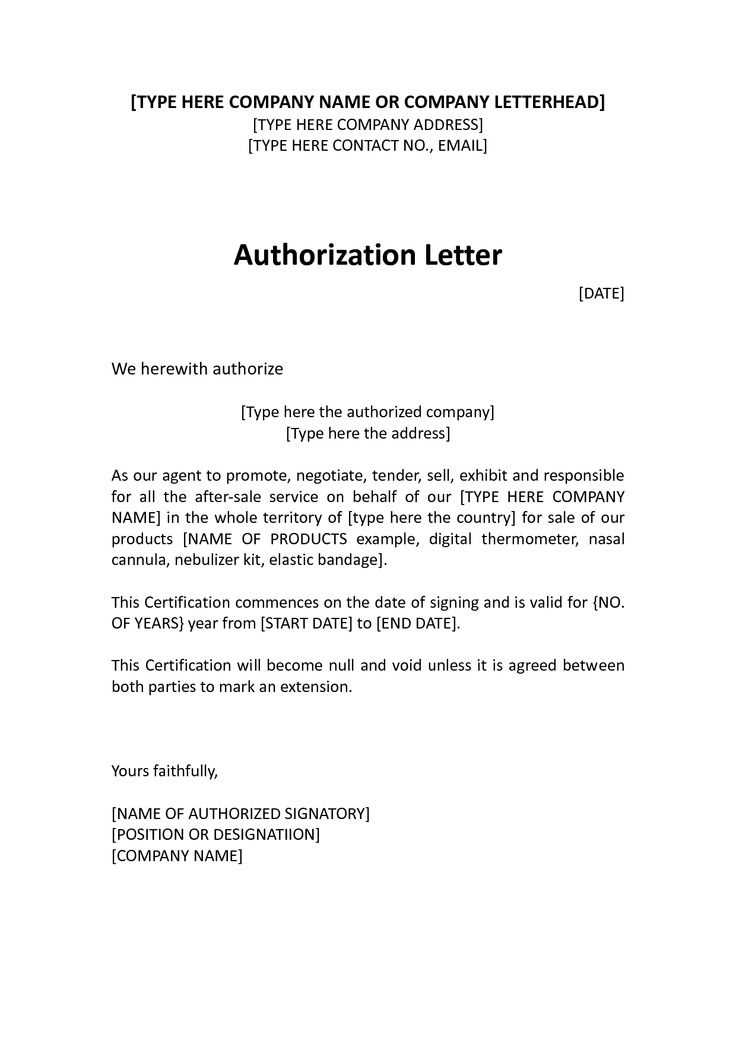
If you’re looking to formally distance yourself from a group, organization, or individual, a letter of disassociation is an effective and professional tool. This letter serves as a clear, documented statement of your decision, protecting your interests and maintaining a respectful tone.
In your letter, be direct and specific about your intention to sever ties. Start by clearly stating the relationship you’re discontinuing, whether it’s personal or professional. Next, briefly explain your reasons without being overly detailed. It’s important to keep the tone respectful while ensuring your message is firm.
Make sure to express gratitude for any positive experiences or opportunities the association may have provided. This helps maintain a courteous tone. Finally, close with a polite statement wishing the recipient well, ensuring the letter ends on a neutral, professional note.
Here’s the corrected version:
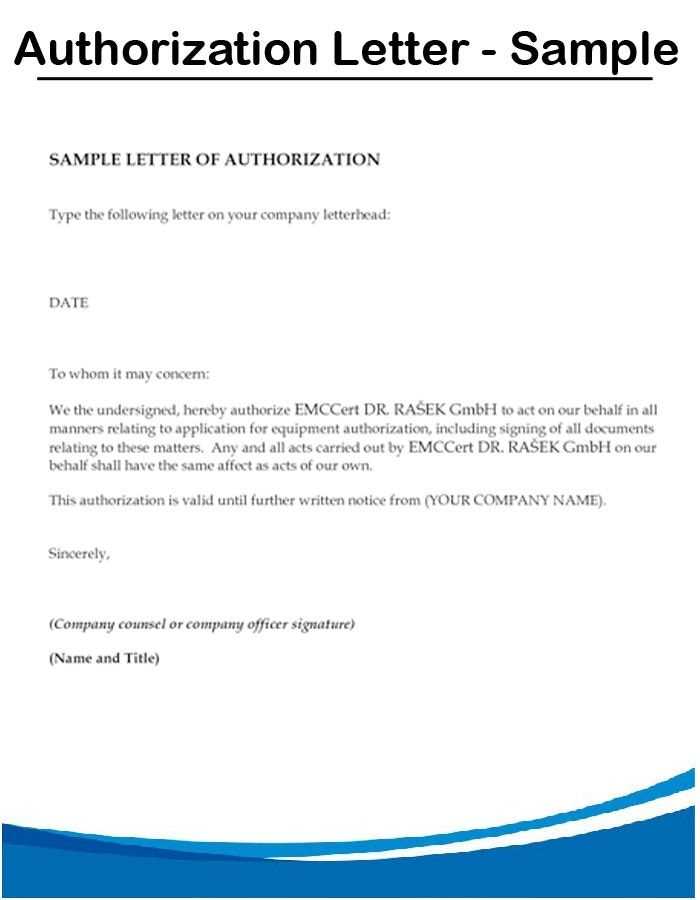
Use this template when you’re ready to sever ties with a professional association or relationship. Tailor the details based on your specific situation. Make sure to keep the tone polite and professional.
Subject: Disassociation Notice
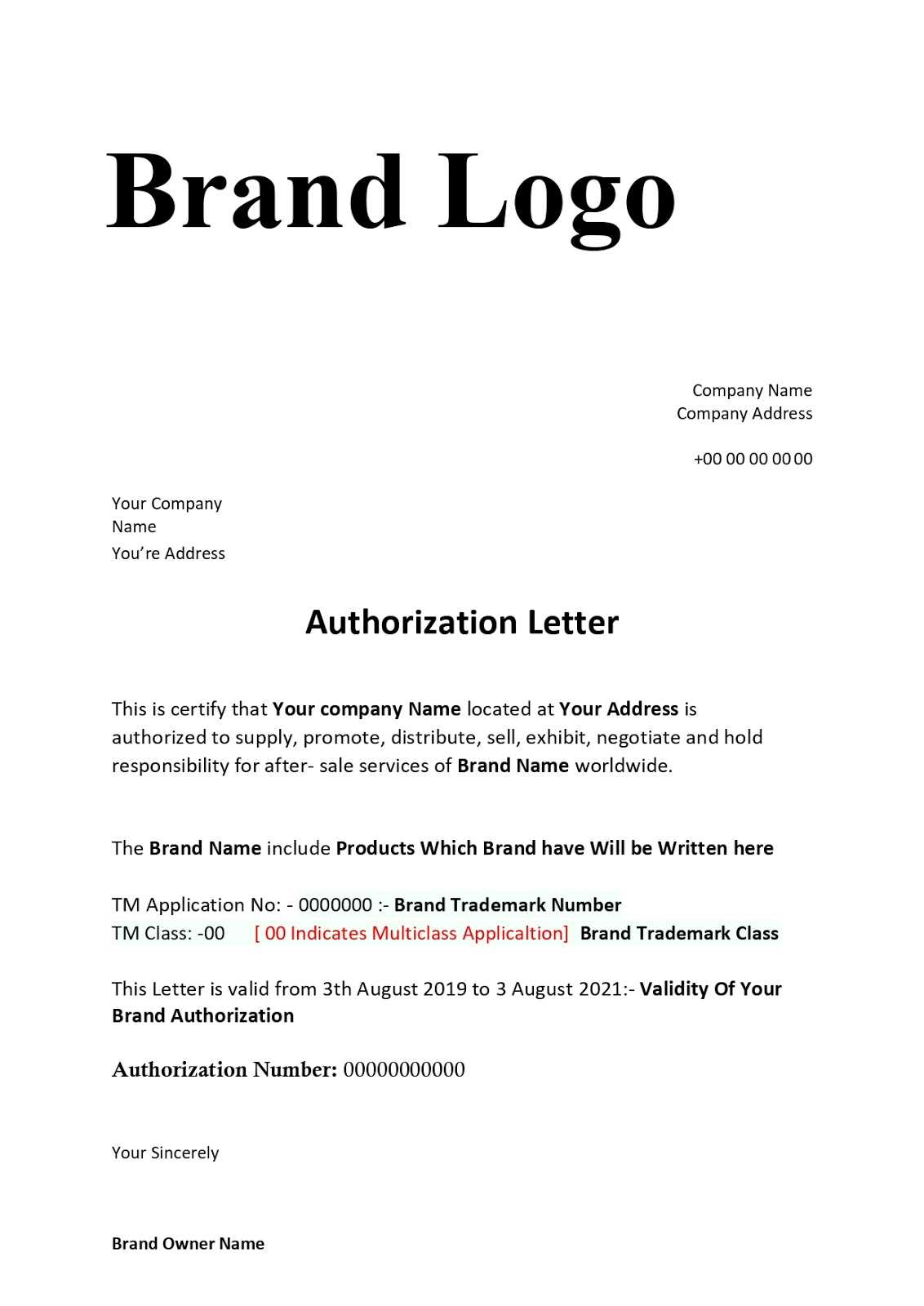
Dear [Recipient’s Name],
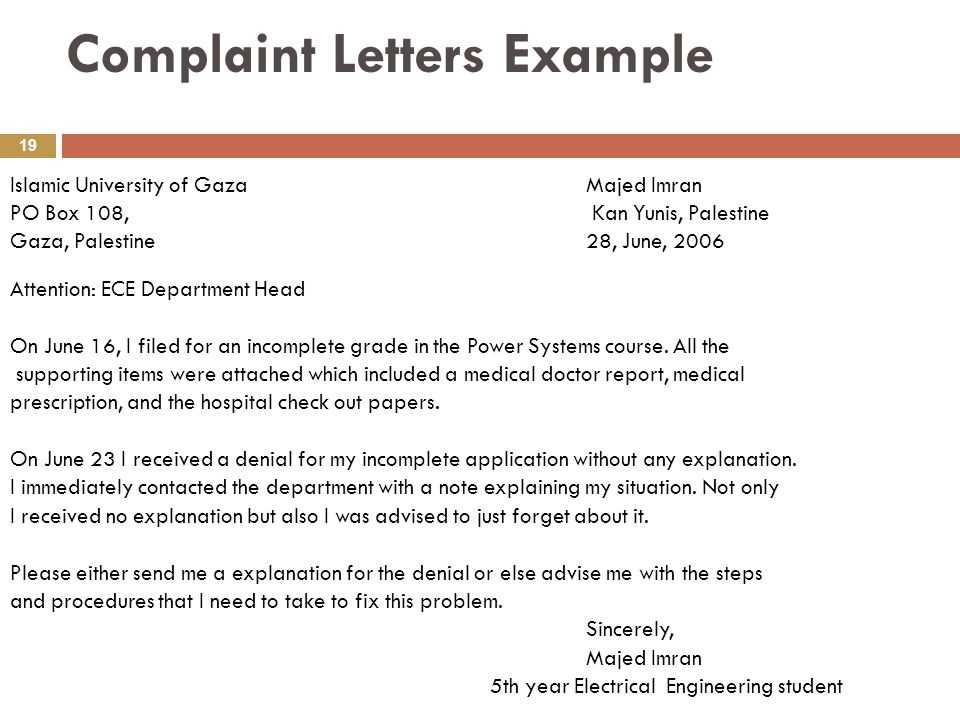
I am writing to formally notify you of my decision to disassociate from [Organization/Group Name], effective [Date]. This decision has been made after careful consideration, and I believe it is in the best interest of both parties. Please consider this letter as an official termination of our association.
Should you require any further details, feel free to contact me directly. I appreciate the collaboration we have had and wish the organization continued success in the future.
Sincerely,
[Your Full Name]
Letter of Disassociation Template
Understanding the Purpose of a Disassociation Notice
Key Elements to Include in the Document
How to Address the Recipient Correctly
Sample Phrasing for the Letter’s Body
Ensuring the Document’s Professional Tone
Common Mistakes to Avoid in a Disassociation Notice
When drafting a disassociation letter, the purpose is clear: to formally end a relationship, often due to personal or professional reasons. It serves to notify the recipient that their association or involvement is no longer required, signaling a clean break. Be concise in stating the reason without going into unnecessary detail.
Key elements to include are: a clear statement of disassociation, the effective date, and a brief explanation of why the relationship is ending, if appropriate. Provide a contact for any further inquiries, but avoid ambiguity. Keep it direct and polite.
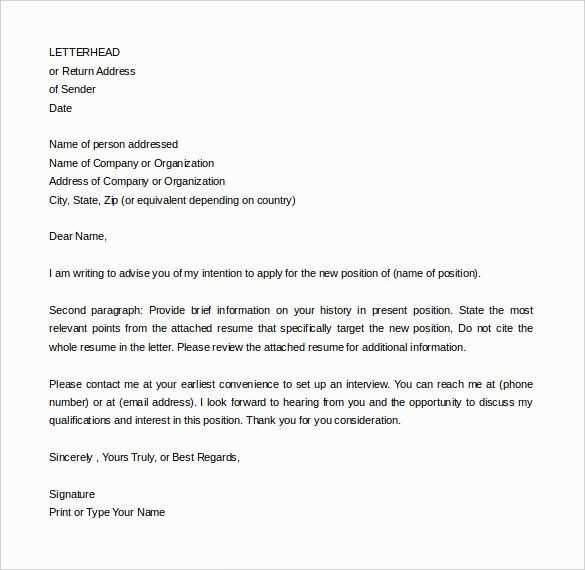
Address the recipient using a formal tone. Use “Dear [Recipient’s Name]” or their proper title, ensuring the salutation reflects the level of formality of the situation. Avoid overly casual greetings.
A sample phrasing might be: “This letter serves as formal notice that we are ending our professional relationship, effective [Date]. We appreciate your past efforts and wish you the best moving forward.” This keeps the message professional yet clear.
Maintain a professional tone throughout the letter. Avoid using harsh language or excessive personal commentary. Focus on facts and be respectful, as this preserves professionalism and avoids misunderstandings.
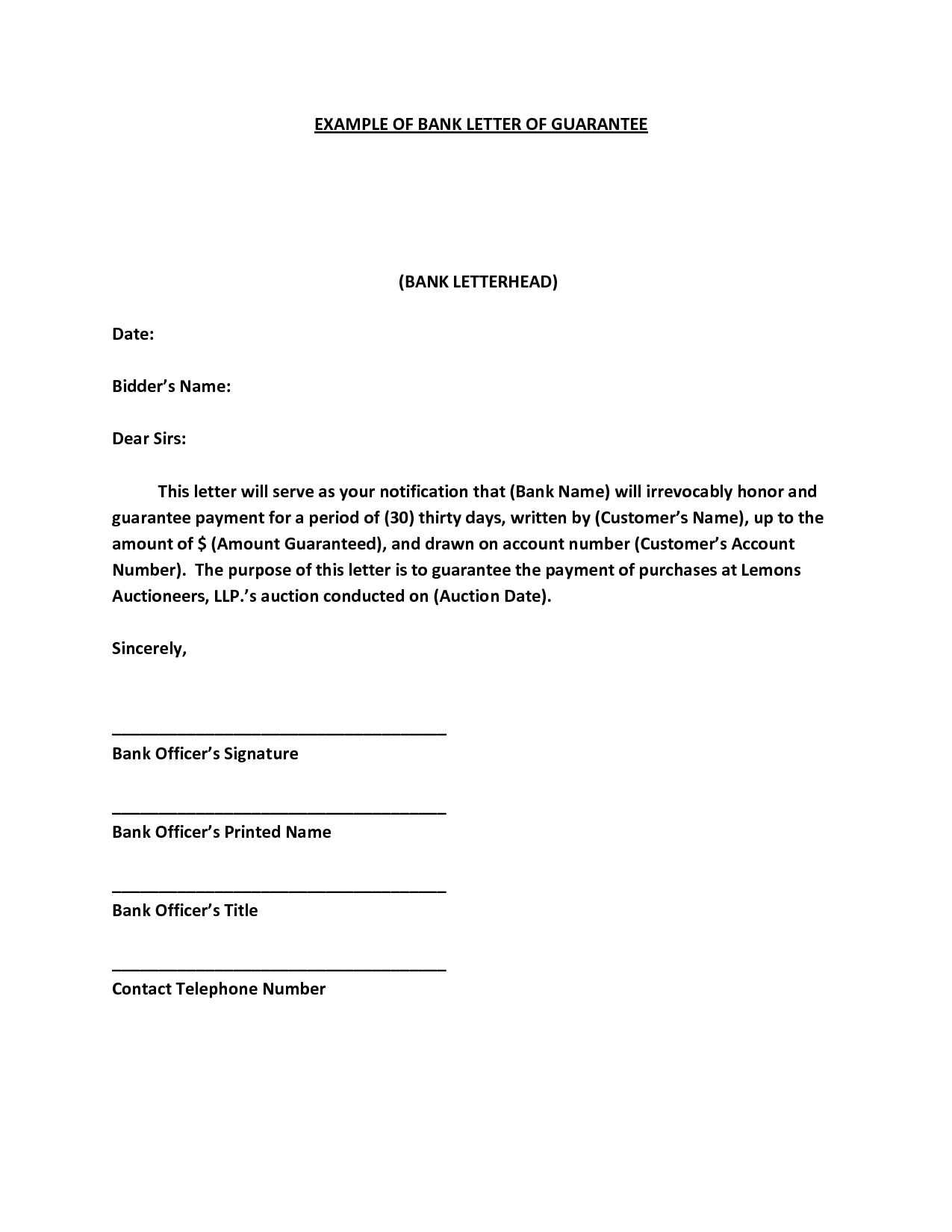
Avoid these common mistakes: being too vague, not specifying the effective date, and using a casual or disrespectful tone. Don’t include irrelevant details that may cause confusion or leave room for misinterpretation.